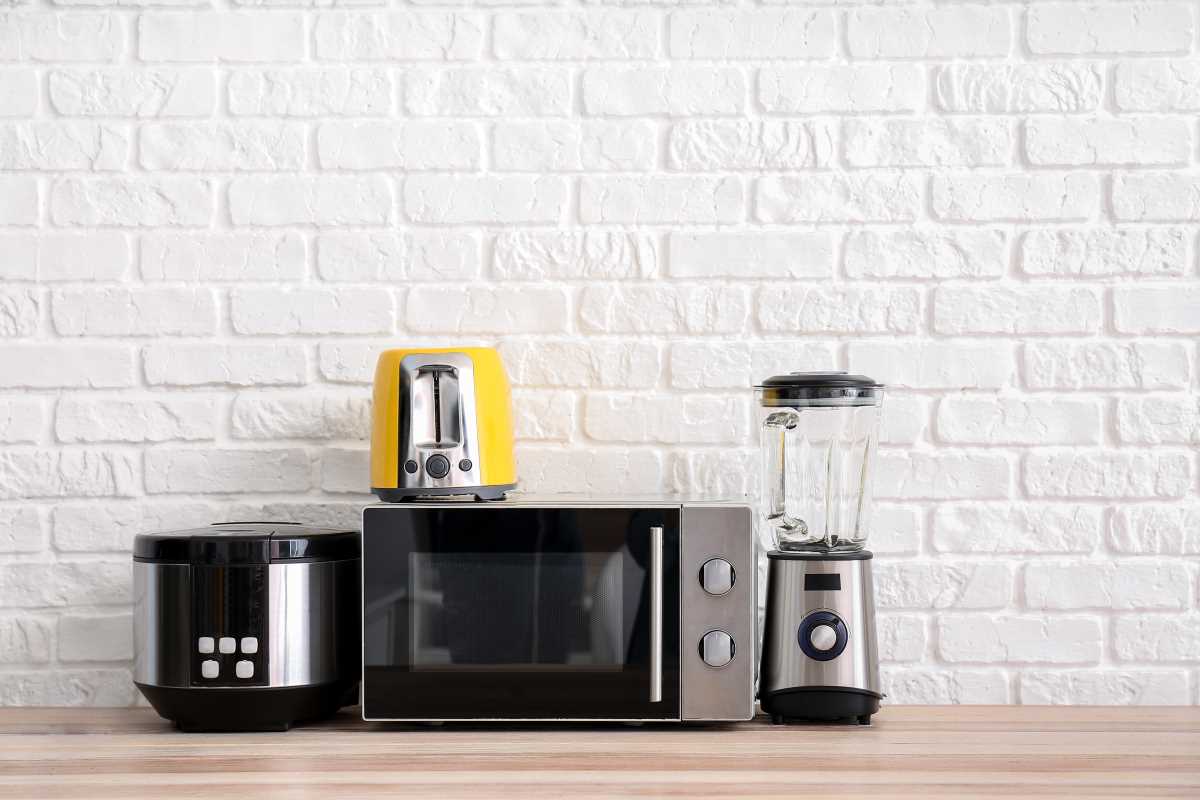Homeownership brings its own set of responsibilities and challenges that can sometimes feel overwhelming. The thought of watching over every corner of your home might seem like a big task, yet focusing on a few simple tasks each season can make a world of difference. By dedicating some time to regular maintenance, you can ward off larger problems down the line, ensuring your living space remains both comfortable and secure. This proactive approach not only saves you from future headaches but also enhances the overall enjoyment of your home, providing peace of mind and a sense of accomplishment with each completed task.
When you take time every few months to care for your home, you create a routine that makes the responsibilities more manageable. Even if some areas seem small or insignificant, neglecting them can lead to unexpected problems, expensive repairs, or safety risks down the line.
The Value of Regular Upkeep
Regular check-ins on your home help you catch issues before they escalate. A small leak or a clog in an unexpected place can turn into a much larger problem if you don’t address it promptly. Set aside time every quarter, and you build a habit that keeps your home in top shape and prevents costly surprises.
This approach not only saves money in the long run but also creates peace of mind. With a little planning, routine maintenance becomes a straightforward part of caring for your home and adds value to your property over time.
9 Overlooked Spots You Shouldn’t Ignore
Before diving into the list, it’s important to note that sometimes the smallest areas or components create big headaches if you ignore them. Take the time to inspect the overlooked spots in your home; you might discover issues you never knew existed.
- Dryer Vent: Lint buildup in your dryer vent can lead to inefficiency and even fire hazards. Check the vent opening and clean the lint trap to maintain good airflow.
- Under-Sink Pipes: Moisture and leaks often hide under the sink where plumbing connections might weaken over time. Inspect these pipes for signs of corrosion and clear any blockages to avoid water damage.
- Window Seals: The seals around windows can deteriorate, causing drafts and inefficiencies in temperature control. Look for cracks or peeling caulk, and consider reapplying new sealant to keep weather at bay.
- HVAC Filters and Vents: Dust and debris accumulate quickly, making it harder for your heating or cooling system to work efficiently. Replace your HVAC filters if needed and vacuum the surrounding vents.
- Exterior Caulking and Weather Stripping: Over time, caulk around doors and windows can crack or pull away, which can lead to energy loss and rain seepage. A quick re-caulking session can save on utility bills and prevent water damage.
- Basement Corners: Damp, dark corners in the basement can harbor mold or mildew. Use a moisture meter to check humidity levels in these areas and improve ventilation if needed.
- Chimney and Fireplace Vents: Even if you rarely use your fireplace, the vents need regular checking for creosote buildup or blockages that might trap harmful gases. Give your fireplace a once-over to ensure it’s safe to use during colder months.
- Outdoor Faucets: Faucets and spigots on the exterior of your home can crack from freeze-thaw cycles. Test these connections and look for signs of wear to prevent sudden leaks, especially during seasonal changes.
- Garage Door Seals: The seals around your garage door protect against pests, dust, and moisture. A small tear can let in unwanted elements, so inspect and replace damaged seals promptly.
Easy Tools and Supplies for the Job
Getting started on maintenance doesn’t require a lot of fancy equipment. A few simple tools can make the tasks easier and more effective. These tools help you inspect, clean, and fix minor issues around your home.
- Ladder
- Flashlight
- Screwdriver set
- All-purpose cleaner
- Moisture meter
- Caulking gun
Having these supplies on hand means you’re ready to tackle problems as soon as they arise. Even a quick check with these basic items can prevent small issues from becoming major headaches.
How to Create Your Own Maintenance Checklist
Write down a list of recurring tasks and schedule them on a calendar. Break the list into seasonal tasks and smaller checkpoints, so you never feel overwhelmed. For example, mark a date in spring to clean gutters or inspect window seals, and update the list as you discover new areas to monitor.
Keep the checklist in a visible spot or store it digitally for easy access. Tailor it to your home’s specific needs by noting any unique problems or areas you want to keep an eye on, and don’t hesitate to adjust it as conditions change.
Common Mistakes to Avoid
It’s easy to overlook small issues because they seem unimportant until they spiral out of control. One common mistake is skipping the finer details, like not checking behind appliances or in hidden corners, where wear and tear might silently set in.
Avoid overcomplicating your routine. Stick to simple, achievable tasks and rely on your checklist for guidance. Also, pay attention to minor signs of deterioration; sometimes, those early hints point to bigger problems. For instance, spotting a tiny leak near an overlooked spots can help you prevent a larger repair.
Regular home care with basic tools helps prevent costly repairs and keeps your space safe and comfortable.
 (Image via
(Image via





